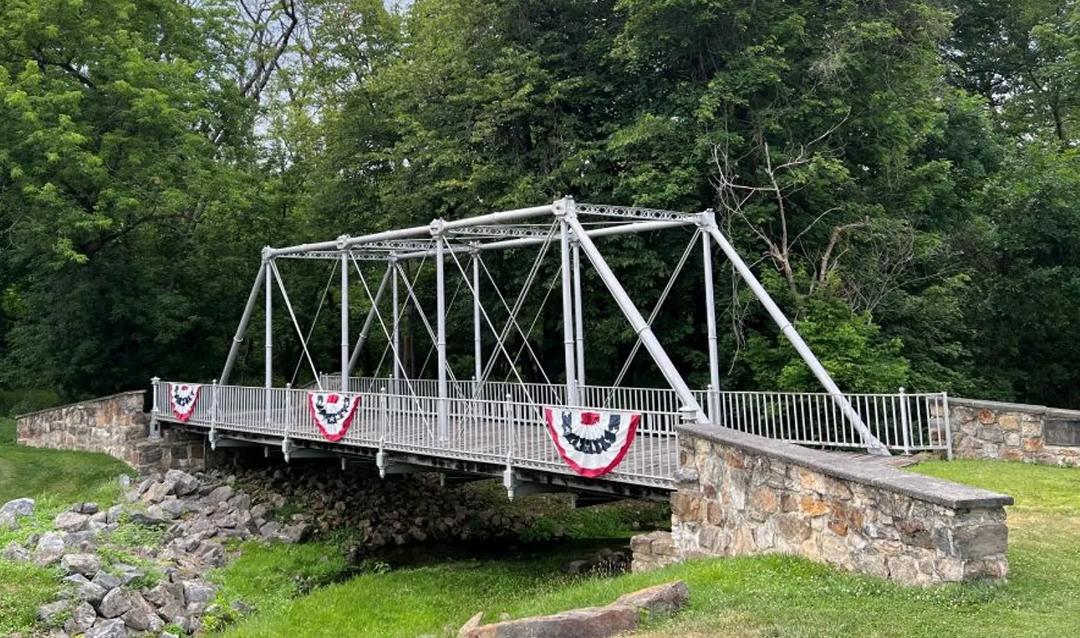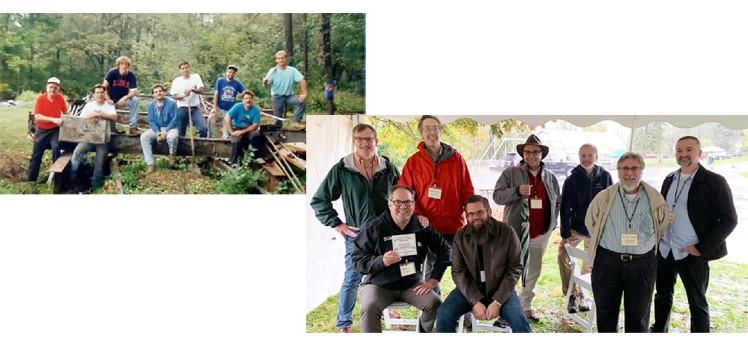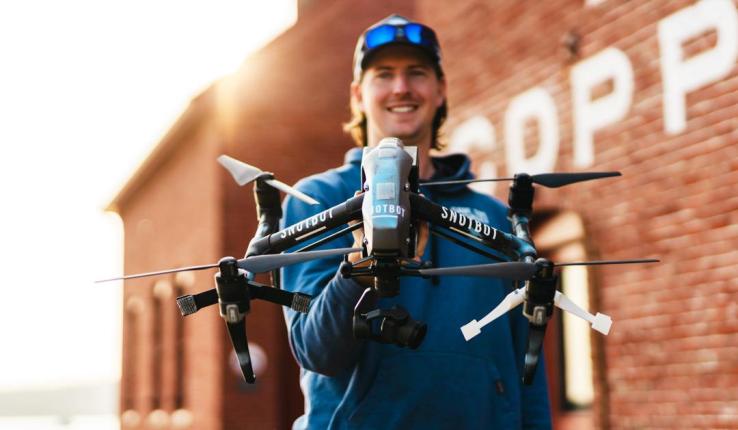Nearly 30 years ago when a group of Lehigh graduate engineering students discovered the historic Walnut Street Bridge in Hellertown, Pennsylvania, the structure was corroding away on the banks of Saucon Creek where it was moved after being decommissioned in the 1970s.
The students recognized the span as one of the few cast-and-wrought-iron bridges remaining in the United States and undertook a years-long journey to save it. In October 2023, they returned to the borough to celebrate the rehabilitated bridge’s inclusion on the National Register of Historic Places.
It was 1994 when the graduate students took a field trip to survey bridges in the area. They realized the 55-foot-long span might be something special when they found it described in the book “Landmark American Bridges” by Eric DeLony.
“Starting in 1994 and culminating in 1998, the [Walnut Street Bridge] became a test of ingenuity, applied and practical knowledge, design principles, experience and our willingness to see this rehabilitation project to its desired conclusion,” said Perry Green ’79G ’01 Ph.D. during his keynote speech at the event.
Green, who now lives in South Carolina and is retired after more than 35 years working in civil engineering, was among the students who helped rehabilitate the bridge. The other students include William Bruin ’95G, Robert Connor ’96G ’02 Ph.D., Richard Garlock ’93G, Mike Hebor ’94G, Christopher Higgins ’97 Ph.D., Ian Hodgson ’94 ’96G, Robert Tiberi ’91 ’93G, Paul Tsakopoulos ’99G and James Van Dien ’93 ’96G. The engineers live all over the country. All but one of them was able to return for the ceremony.
Hodgson, a senior research engineer with Lehigh’s Advanced Technology for Large Structural Systems (ATLSS) Engineering Research Center, is involved in structural testing and research in the laboratory there.
Hodgson noted the bridge has cast-iron members: floor beams, which are very unusual; verticals, top chords, lateral struts and end posts. It originally had wrought iron horizontal and vertical round rod bracing and bottom chord members that were all replaced with in-kind steel members.
“I certainly learned a lot during my time spent on this project. The project required a lot of hands-on physical work, and so we learned quite a bit about how the bridge was put together,” Hodgson said. “I made lifelong friendships during my time working on the bridge and at Lehigh, and these connections eventually brought me back to the ATLSS Center after a number of years working as a structural engineer in San Francisco.”






